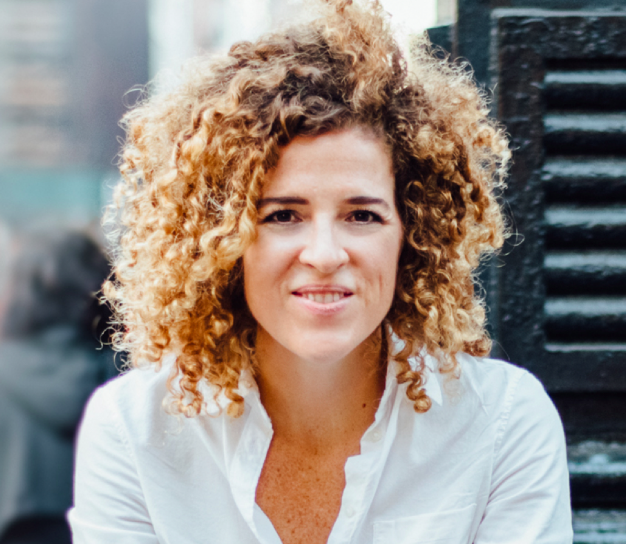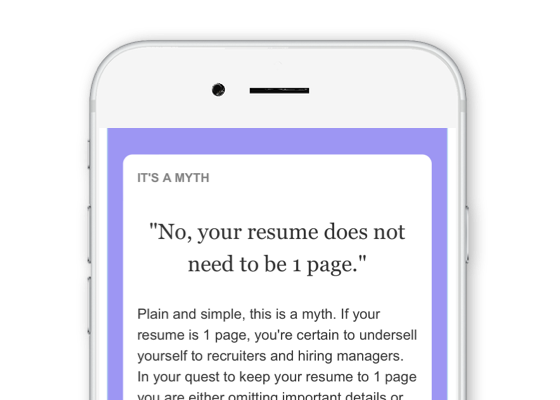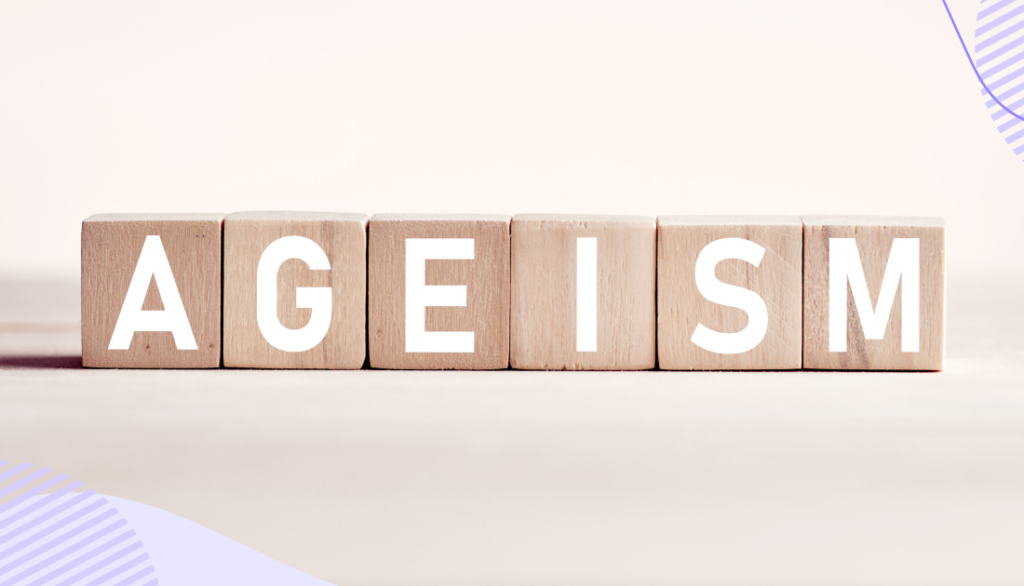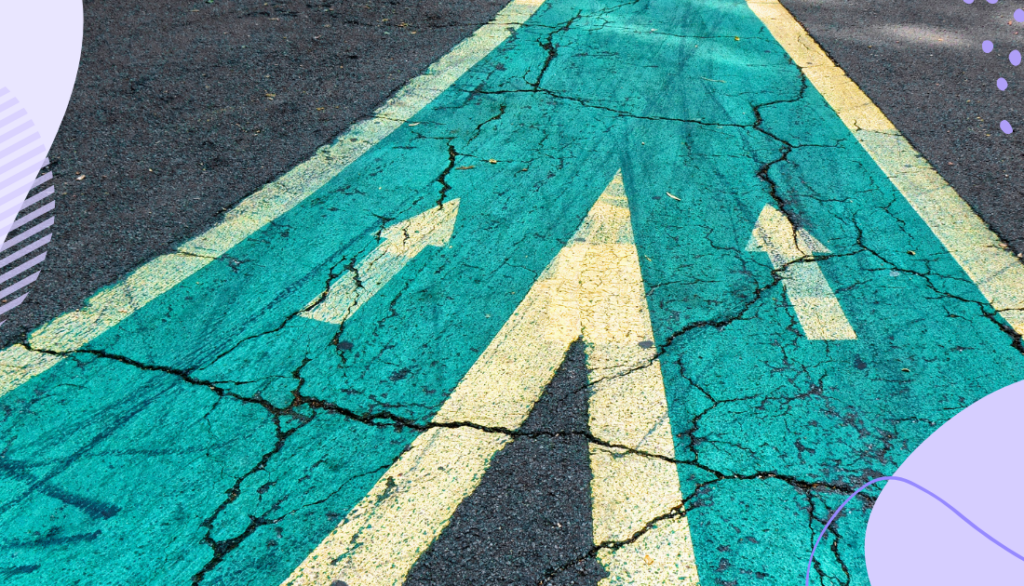11 min read
To Advance Your UX Career Stop Focusing on Job Titles and Focus On These Skills Instead
9 min read
9 min read
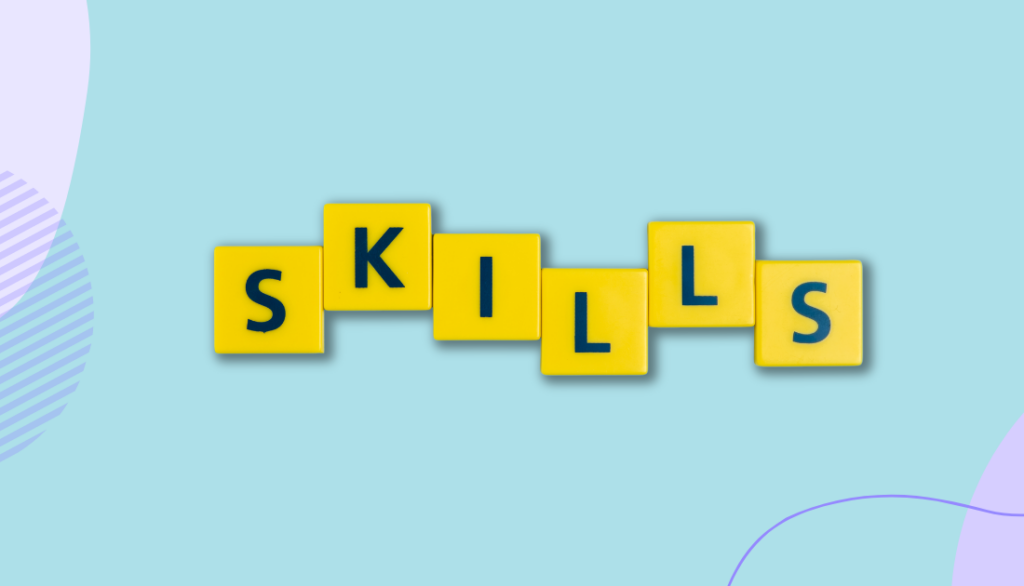
UX job titles vary from company to company, making it confusing for candidates and hiring managers. As a candidate, you’ve probably wondered “what should I call myself?” In short, don’t overthink it. Your title will change based on the company you’re at. The role of a “UX Designer” will look vastly different from one company to the next. Instead of trying to come up with the perfect UX job title to give yourself, dedicate your time to communicating your core skills.
Your UX job title is one tiny part of your resume and your portfolio. If you want to stand out, you need to identify the skills you have that people are looking for and then succinctly communicate those skills.
If you’re new to the field of User Experience (UX), chances are you’ve thought to yourself, “what should I call myself?” and “what should I put as my title on LinkedIn and my resume?” Then next thing you know you’re 20 minutes into a Googling fest for “UX job titles” and you’re more confused than you started.
Figuring out what to call yourself as a UX professional is confusing. In an industry where job titles are not standardized, it’s a bit of a free for all for both candidates and companies who use popular job titles in hopes of casting a wide net and being friendly to search. The consequence of this is that you, as the candidate, are inundated with recruiters reaching out to you because they saw a keyword in your resume or LinkedIn, and you have to give extra effort to vetting these requests.
This frustration also comes up when it comes to your job search. Many UX professionals don’t do enough due diligence beyond reading the job title and skimming the description. As a result, many people end up going down the interview process only to discover a week or two in that the position was not accurately represented on the job listing.
The idea of standardizing job titles and qualifications would be a great solution to this problem. However, the reality is that’s not going to happen any time soon. Job titles will continue to change and evolve. What likely won’t change are three key functional areas of UX that you will likely work in. You may focus on one of these areas or you may move between may of them.
Instead of obsessing over what job title to use for yourself, focus on developing the skills that fall within each of these three areas.
Roles within UX can be organized into 3 main areas
Yes there are many job titles within UX, but let’s keep things simple. Roles can be organized into three main areas: research, experience and interaction design, and visual design. As companies mature their UX departments, it’s likely that roles will be cross-collaborative and require skills from each of these main areas. Before jumping into those skills, though, let’s define each of these areas:
- Research: The work that goes into understanding the people who will use the product, the needs of the business, as well as any relevant processes and systems in which the product will operate.
- Experience and interaction design: The work that integrates research on people, businesses, and processes into product design and experience. It is not limited to what happens on the website or app, but is the sum of all the interactions, which could happen via email, in person, via mail, etc.
- Visual design: Once the experience and interactions are defined, visual design is the work that makes the product come to life. It’s about what it looks like; however, I would also include roles encompassing aspects like voice design and UX writing in this area.
Area 1: User Research
What is User Research all about? Understanding people, businesses, and systems. Too often we limit research to our understanding of the people who use the product. But in my experience, research is also about understanding the business and its processes and systems.
Some skills & deliverables
- Planning of quantitative and qualitative research
- Creating research screeners and recruiting participants
- Writing discussion guides and usability testing scripts
- Conducting research interviews and moderating usability testing sessions
- Conducting stakeholder interviews
- Analyzing findings from qualitative and quantitative research
- Synthesizing and presenting findings as actionable recommendations for stakeholders and product teams
- Creating journey maps of the customer experience
- Creating personas and other relevant research documents that help all contributors maintain constant focus on the users
- Working closely with designers and product owners to ensure research is being interpreted correctly and utilized in the product development process
Example job titles
- User Researcher
- Design Researcher
- Experience Researcher
Area 2: Experience & Interaction Design
What is experience & interaction design all about?
Once you have an understanding of the people, businesses, and processes you can start to identify and design the product experience. This is not limited to what happens on the website or app. The experience is the sum of all the interactions, which could happen via email, in person / in person, via physical mail, or more.
Skills & deliverables
- Collaborating with stakeholders to identify business goals
- Establishing the product experience through journey maps and user flows
- Brainstorming various product directions and create low-fidelity wireframes
- Creating mid- and high-fidelity wireframes (depending on the needs of the project)
- Understanding visual design principles of hierarchy, alignment, composition, grids, balance, and layout
- Turning wireframes into clickable prototypes
- Collaborating with visual designers to ensure the intended experience is achieved once visual design is given to the product
- Collaborating with researchers to develop tests to evaluate the product experience
- Presenting designs, justifying design decisions, and helping stakeholders contribute to the design process
Example job titles
- Experience Designer
- UX Designer
- Product Designer
- UX Analyst
- UX Architect
- UX Strategist
Area 3: Visual Design
What is visual design all about?
Once the experience and interactions are defined, visual design makes the product come to life. It’s about what it looks like, however I would also include things like Voice Design and UX Writing in this area.
Some skills & responsibilities
- Developing the visual identity as it relates to the product experience
- Translating wireframes into visually-designed screens, including all the interaction states of the experience
- Creating animations within the product experience
- Creating interactive prototypes to model crucial parts of the product experience
- Collaborating with the experience and interaction designers to solve challenges within the experience design
- Working with the research team to create usability test cases evaluating the experience
- Understanding and evaluating research findings to improve experience design
- Collaborating with engineers to ensure the visual design translates to the final experience
- Establishing design guidelines, style guides, and design systems
- Designing for responsive experiences and accessibility
Example job titles
- Visual Designer
- UX Designer
- Product Designer
- UI Designer
- Interface Designer
Note: Yes, some of the titles for the areas of Visual Design and Experience & Interaction Design are the same. Again an example of the mixed meanings of job titles, and why it’s crucial to focus on the job descriptions to uncover the actual skills needed for the role.
Featured Resource
Get the UX Case Study template for Google Docs and ensure sure your case study covers all the details UX recruiters look for.
How to create a clear UX job title
As stated above, your skills are crucial to getting the job you want—above all else. However, if you want to make sure your job title corresponds to your skills, I’d recommend considering the unique selling points about you and your experience that would be beneficial to highlight in your job title. Here are a couple of examples:
- Highlight relevant prior experience: Transitioning into UX from another field? Consider how your prior experience gives you a unique perspective or skills applicable in your future UX role. One of my UX career coaching clients worked as a business analyst in finance for 12 years. She wanted to make sure that her business analyst skills were not overlooked. We came up with the title “UX Designer and Business Analyst.” Is it a title you see every day? Probably not. However, we wanted to highlight a very relevant detail from her professional background to differentiate her from other candidates.
- Emphasize career stage: If you’re a mid- to senior-level professional, then consider adding that to your job title. Using something like “Senior Experience Designer” helps communicate that you are not at the very beginning of your career. Recruiters and hiring managers are not reading every word in your application and career documents, which is why I encourage repetition to reinforce key traits, skills, and experience you want to emphasize. Though your seniority will be evidence from your resume, it can’t hurt to re-emphasize this in your title.
- Combine job titles: If you do multiple things within UX and you want to make sure that’s clear up front, consider combining job titles. If you do both research and experience design, but not visual design, then consider using a title of “User Researcher & Experience Designer”. Of course, do this within reason.
Don’t let job titles define you, focus on skills that will serve you throughout your career
Don’t spend too much time debating what to call yourself. Instead, focus on developing the skills that you’ll use in your day-to-day role.
Job titles will change but skills will not. Above all, don’t rely on job titles alone when you are applying for UX roles.
Job titles are only the tip of the iceberg. Take time to study the job description and don’t be afraid to ask clarifying questions before you ever invest time in the interview process.
